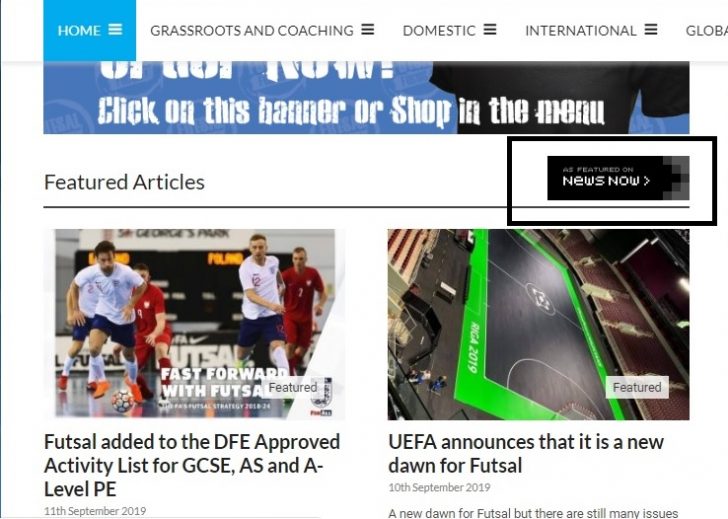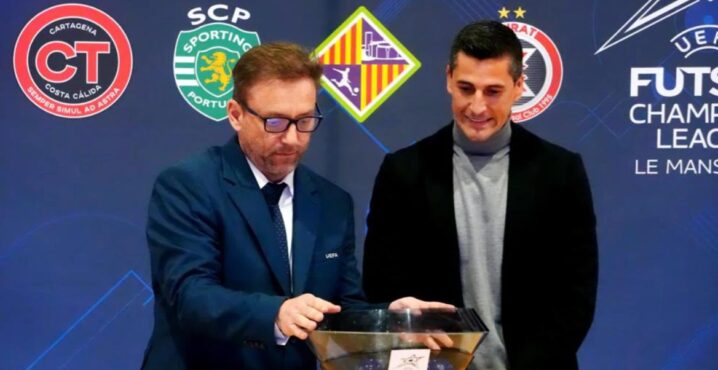Estimated reading time:1 minute, 21 seconds
Futsal Focus takes another development step and gains further recognition as a news medium for Futsal
Futsal Focus has been included in the NewsNow website. NewsNow.co.uk is the UK’s first and leading home-grown and independent news aggregation service. Fully-automated, and on a continuous basis, NewsNow displays breaking headlines linking to news websites all around the world.

Our website’s inclusion on the website will increase its awareness across the U.K and beyond. Providing us with the opportunity to reach a larger audience and inform more people about Futsal. Futsal Focus will continue to develop, reaching more targets and goals to aid the growth and development of Futsal, not just in the U.K but around the world.
Futsal Focus has been promoting global Futsal since 2012, working hard to increase awareness of the sport, its growth, and opportunities.
If you want the U.K and the world to know about your Futsal developments then contact Futsal Focus at info@futsalfocus.net
If you like the information provided, you can read more articles about Futsal by going to the top navigation bar or click here
If you like this article and would like to keep updated on Futsal news, developments etc then please submit your email below in the Newsletter section or by clicking on the Subscribe to Futsal Focus option on the header.
Follow Futsal Focus by clicking on Facebook, Twitter or Instagram or on the social media buttons on the right sidebar.
















![Validate my RSS feed [Valid RSS]](https://www.futsalfocus.net/wp-content/uploads/2020/01/valid-rss-rogers.png)




